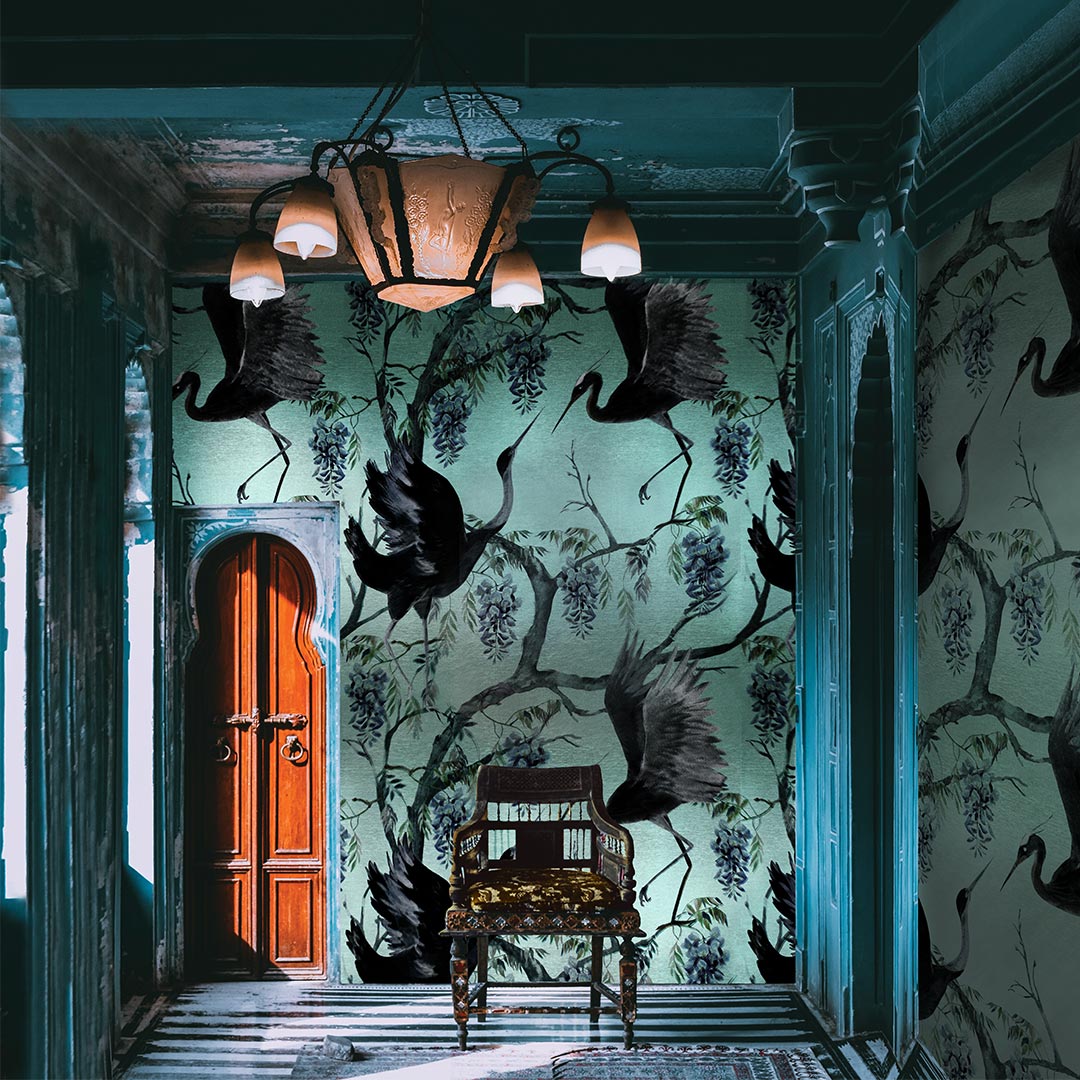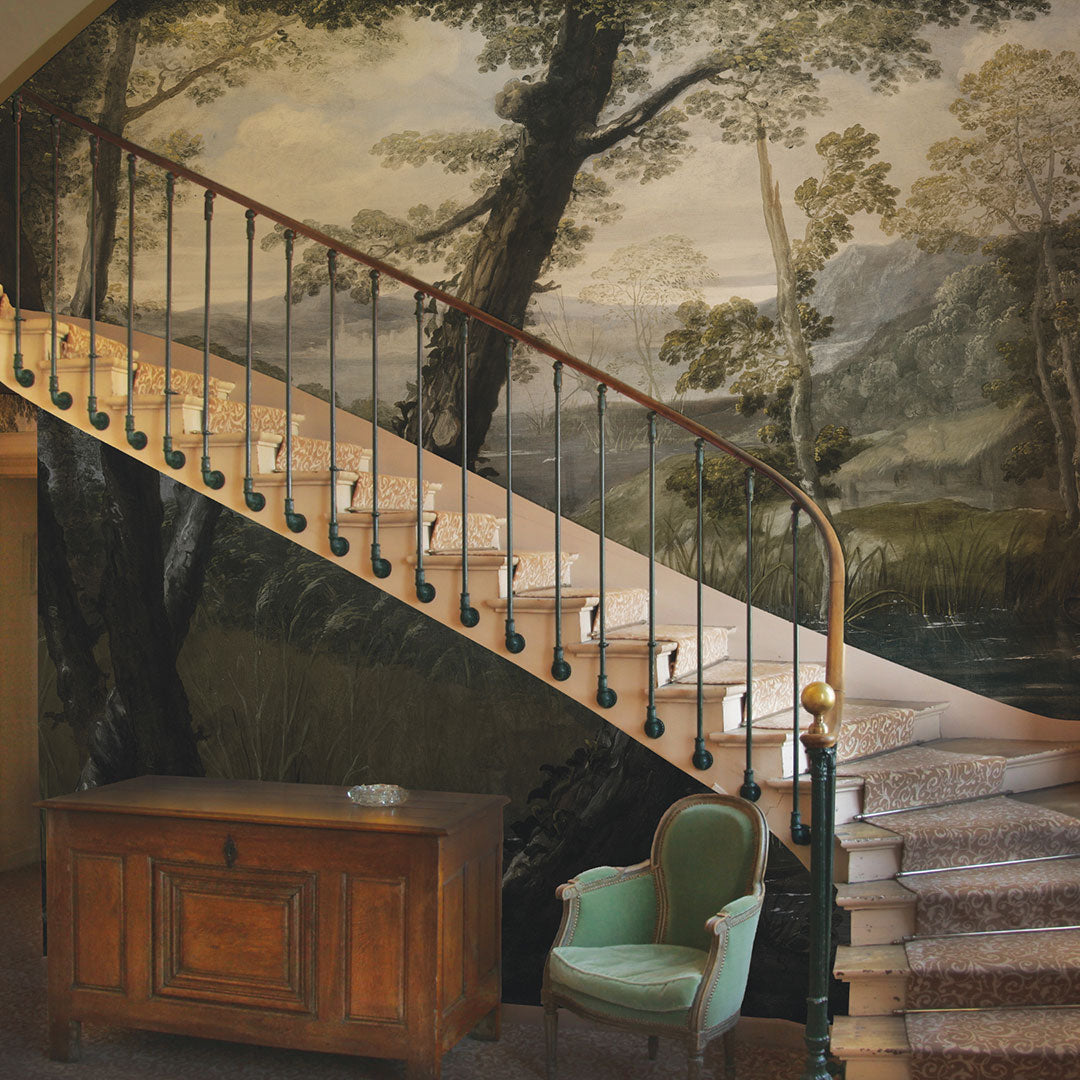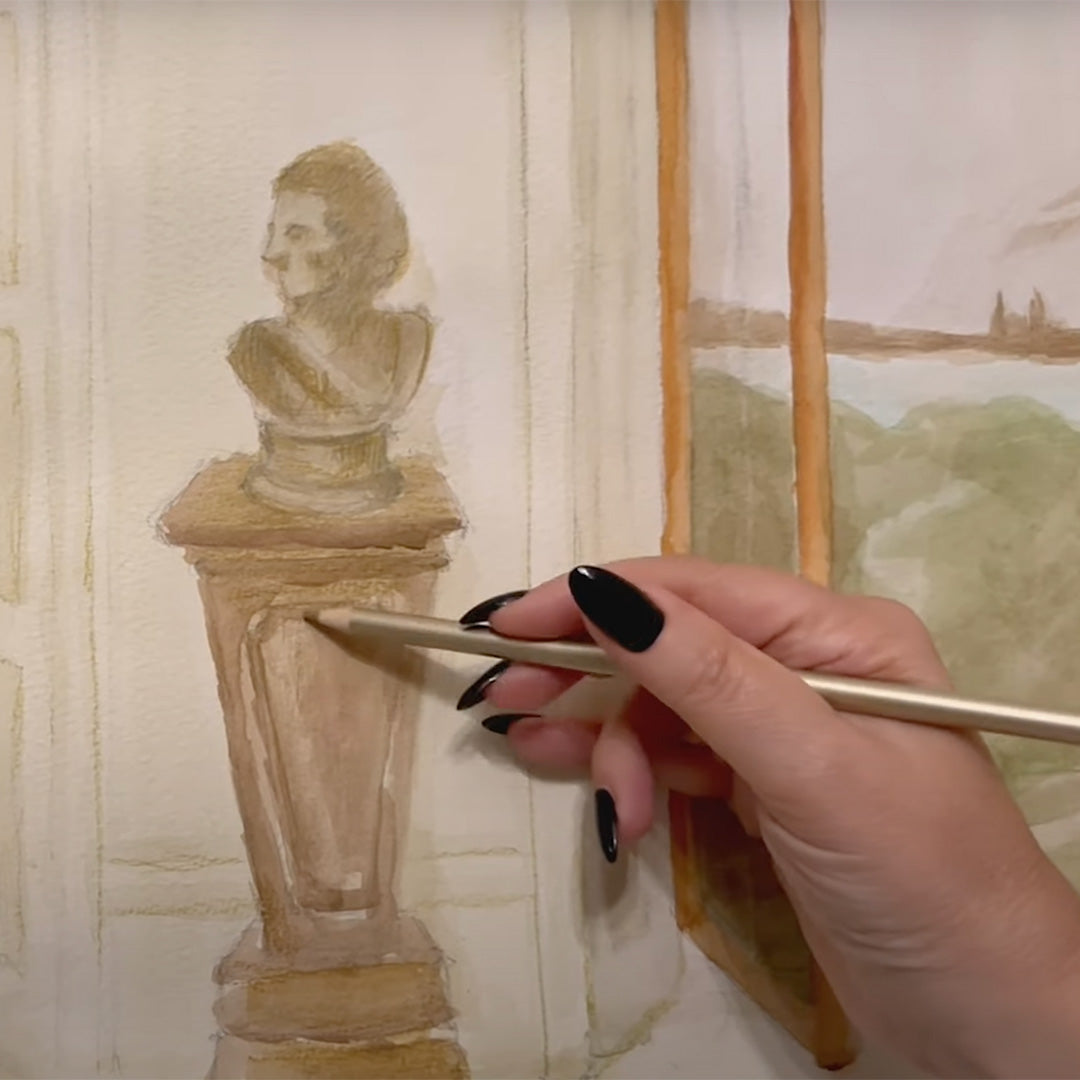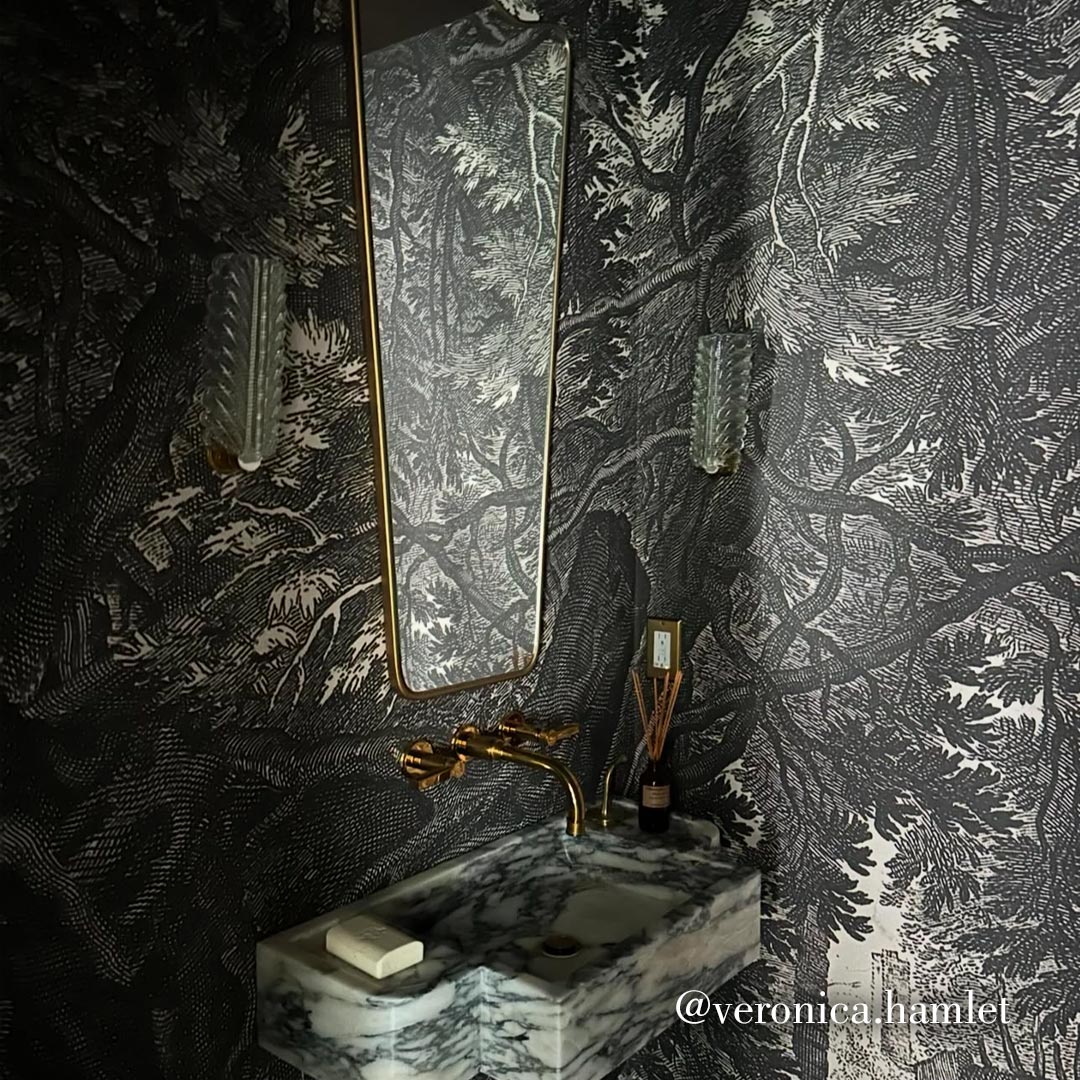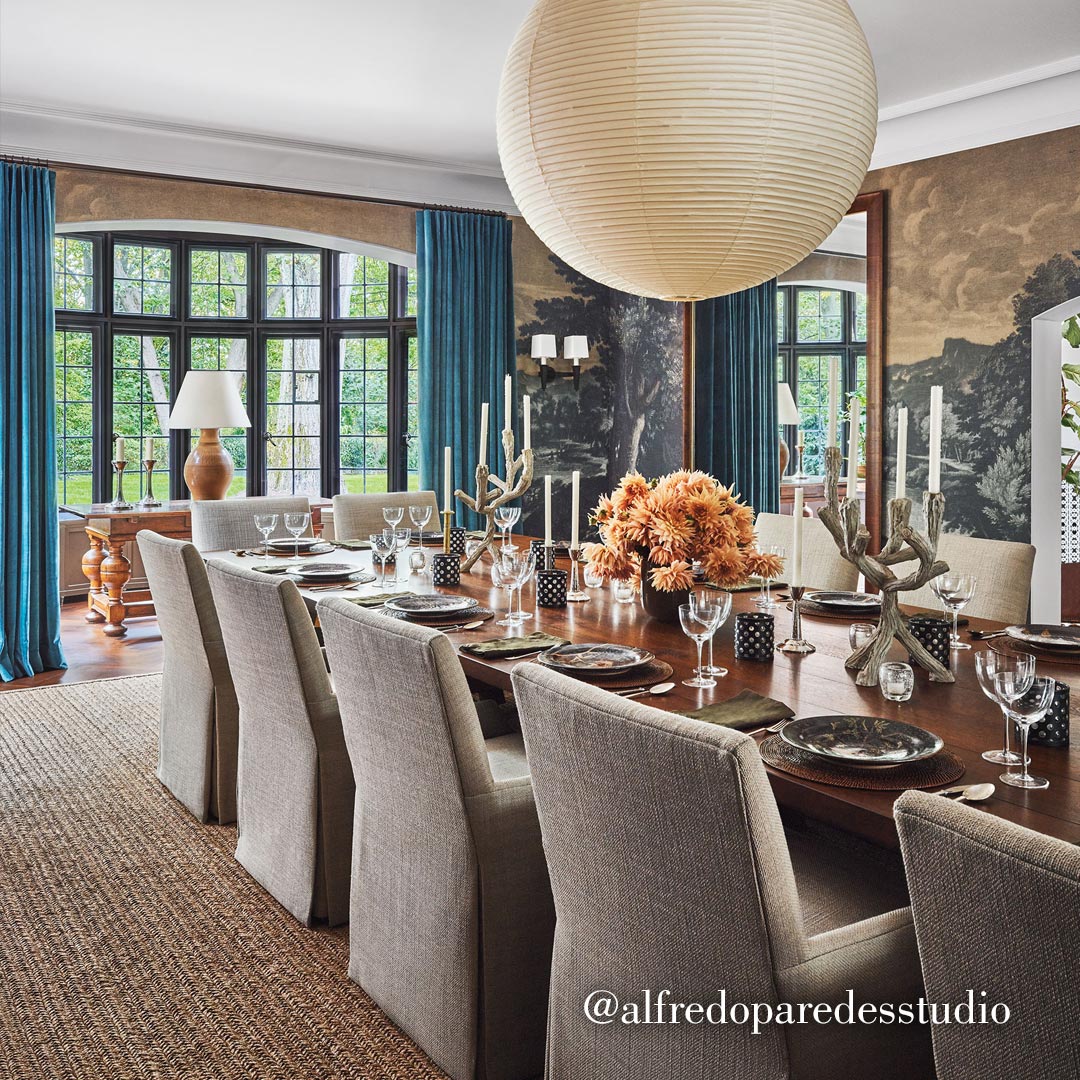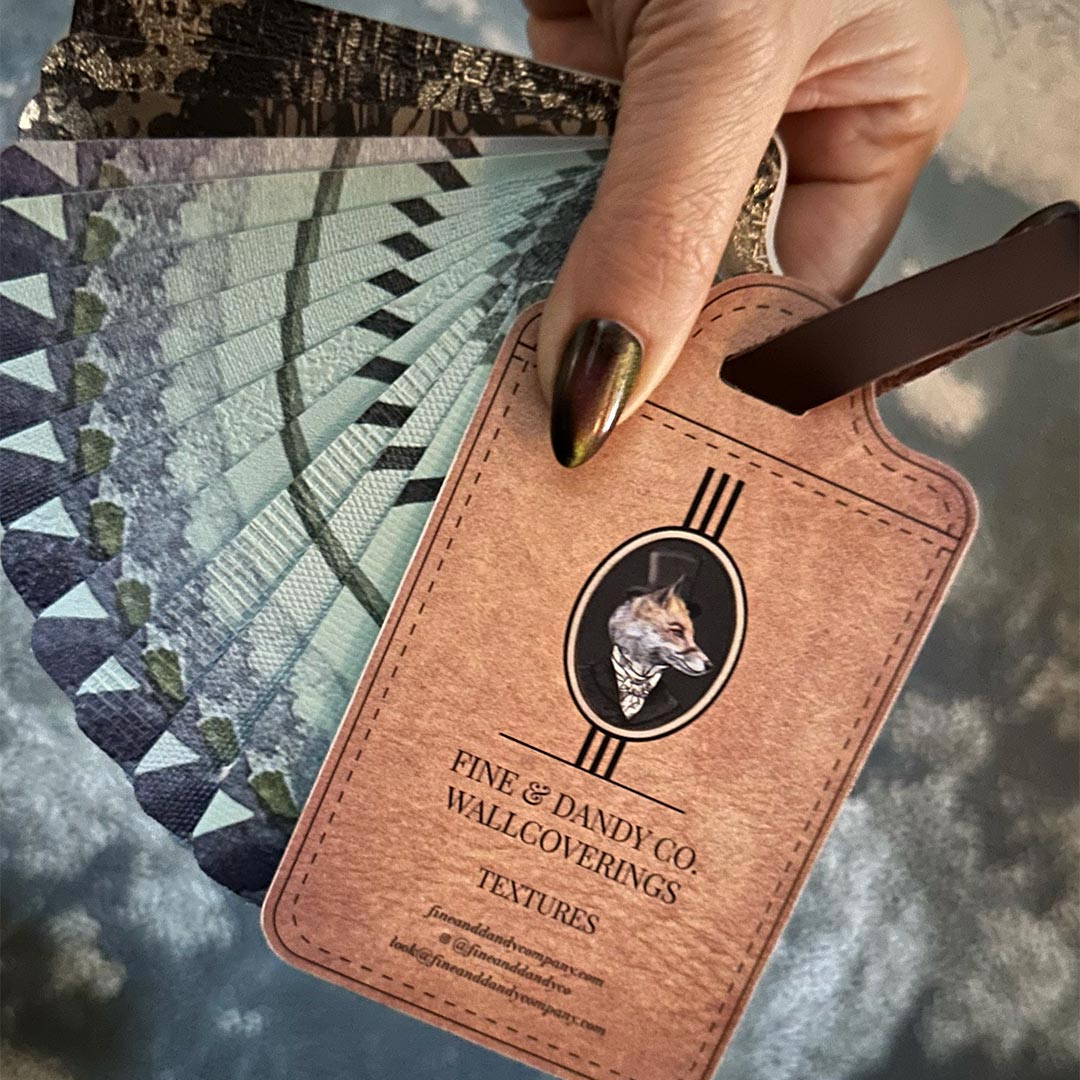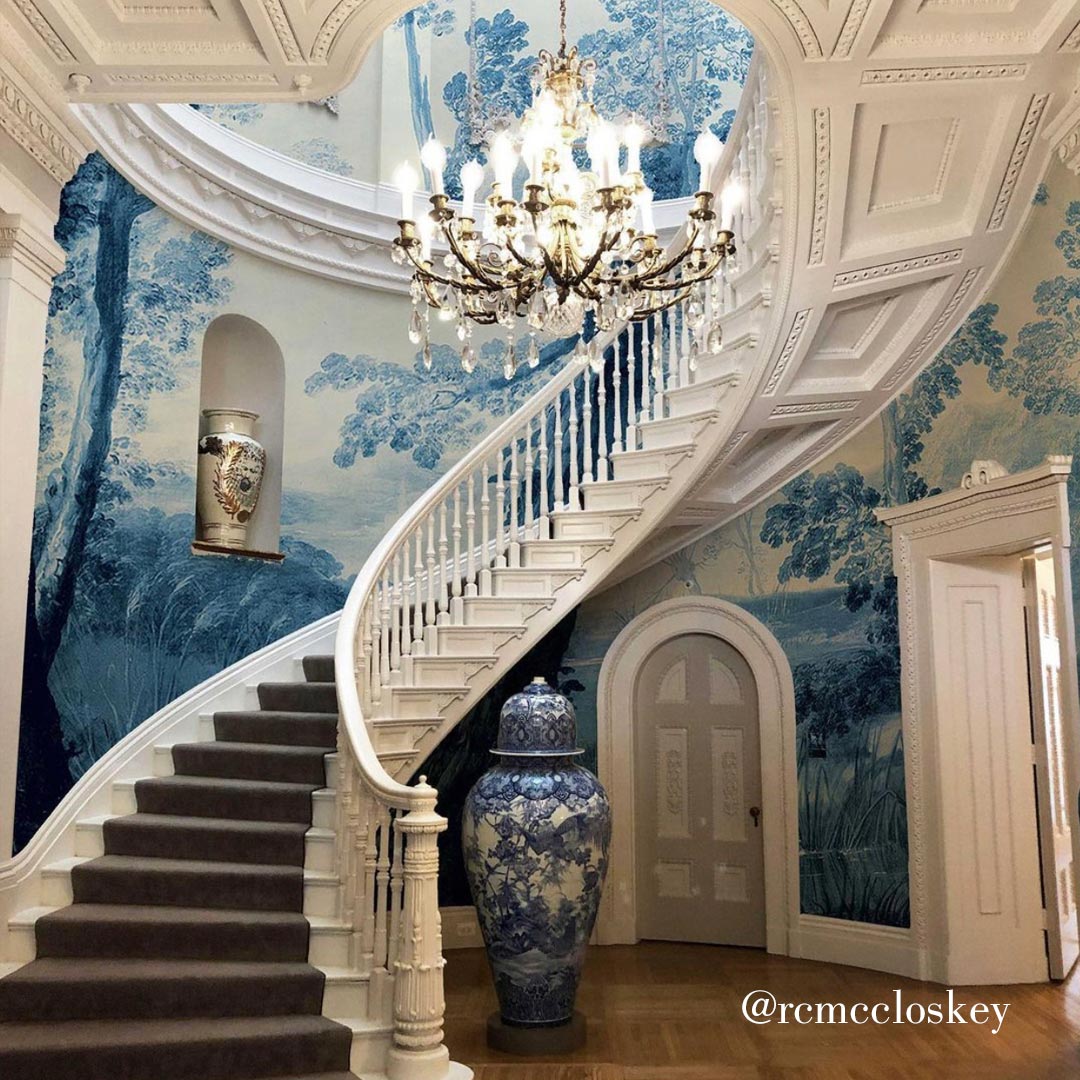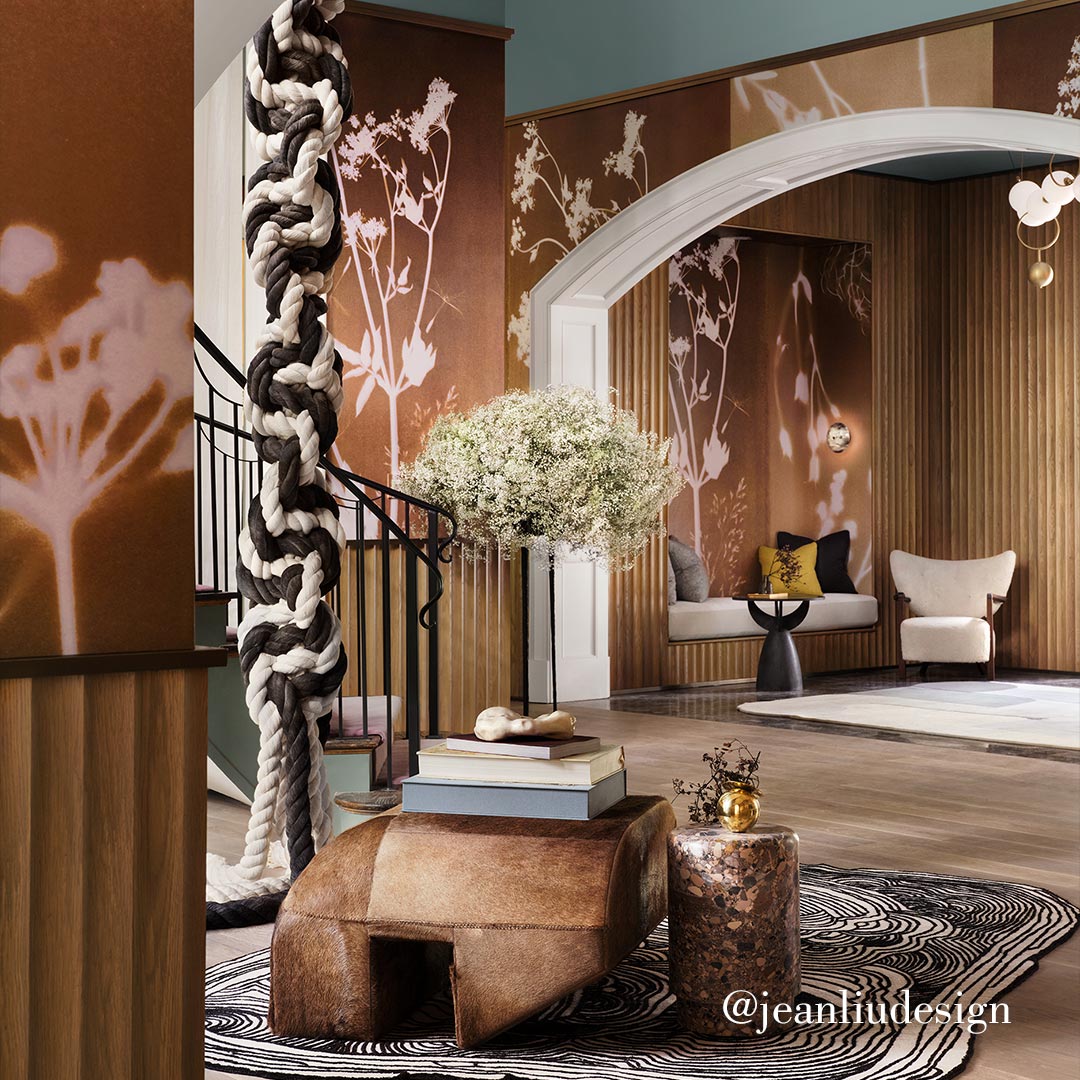NON-METALLIC INSTALLATION GUIDE
Please click HERE to view & download PDF
IMPORTANT: PLEASE READ BEFORE INSTALLING
ONCE YOUR INSTALLATION IS COMPLETE, PLEASE SEND IT TO US DEARS; WE’LL TAG YOU AND SHARE IT FOR OTHER DANDIES TO ENJOY!
1. The supplier shall provide a complete copy of Fine & Dandy Co.’s current Hanging Instructions to the installer pertaining to the installation of the wallcovering. ALL INSTALLATIONS MUST CONFORM TO FINE & DANDY CO.’S CURRENT INSTALLATION INSTRUCTIONS AND PRODUCT TECHNICAL INFORMATION. If the wallcovering is installed in a manner other than that recommended by Fine & Dandy Co., it is done at the sole risk of the installer. Use of a mold inhibiting primer product and the use of an adhesive containing a mildew inhibitor is recommended.
2. All labels shall be checked for accuracy by the installer to ensure that the shipment is received as ordered.
3. If no defect is evident before installation, THE MATERIAL SHOULD BE INSPECTED AFTER THREE (3) PANELS ARE INSTALLED. IF ANY DEFECT AT THIS TIME OR ANY POINT OF THE INSTALLATION NO FURTHER MATERIAL SHOULD BE APPLIED AND FINE & DANDY CO. SHOULD BE CONTACTED IMMEDIATELY. FINE & DANDY CO. WILL NOT BE LIABLE FOR CHARGES OVER THREE PANELS OF MATERIAL.
HANGING ORIENTATION:
The preferred orientation for most random patterns is reverse hanging of alternating panels. However, for some items such as metallic prints or special directional embossings like grasscloth or glass beads, installations may benefit from straight hanging of these products. This is due to the high reflectivity of some print finishes and embossings and the variation theseproducts have under different lighting conditions. If there is any doubt about the optimum hanging orientation of a given product, installers should review both methods on 3 strips to determine the optimum performance before proceeding to the full installation.
SURFACE PREPARATION:
A. For best hanging results, the drywall surface should be finished to a level 4 prior to installation.
B. All hanging surfaces must be clean, smooth, dry, undamaged, free of mold, mildew, grease or stains, and structurally intact. All loose paint and other wallcoverings should be removed. If moisture is present, immediately identify and eliminate the source(s) of the moisture and verify that all wall surfaces are completely dry before proceeding.
C. Any mold or mildew MUST be removed from walls and hanging surfaces prior to installation. Walls should not contain in excess of 4% residual moisture content. A moisture meter should be used to determine moisture content. Moisture infiltration and accumulation can lead to mold or mildew growth and must be corrected PRIOR to the installation of the wallcovering. If you are unsure if moisture problems are present, consult a qualified professional before proceeding. This product is intended for use in buildings that are properly designed and maintained to avoid moisture infiltration, condensation and or accumulation at wall cavities and wall surfaces, particularly in warm, humid climates. Walls should also be treated with bleach, Lysol and/or other approved, mildew–inhibiting products in order to inhibit further mildew growth. Fine & Dandy Co. will not be responsible for any performance and/or quality issues if moisture problems are not addressed before installation, and/or if the building is not properly maintained to prevent moisture infiltration following installation.
D. Proper surface preparation is key to getting great results. To prepare the surface properly, we recommend that you prime all surfaces with a universal, white-pigmented, mold inhibiting wallcovering primer. For example we recommend ZINSSER® Shieldz® Universal Wallcovering Primer.
E. Use only a lead pencil for marking walls and back of wallcovering. Do not use a ballpoint or marking pen, they will bleed through the surface.
F. Do not install wallcovering unless a temperature above 65 degrees F is maintained in both areas of installation and storage for at least 48 hours prior to installation.
ADHESIVE APPLICATION:
Hang wallcovering with a premium quality heavy-duty clear or clay pre-mixed adhesive. Use of a mildew inhibitor in the adhesive is recommended as above instructions. Roman Adhesives Eco Brand Primer and Adhesives are recommended to comply with NSF-342 Sustainability. DO NOT dilute adhesive. Brush an even coat of paste over the entire back of the wallcovering. Pay particular attention to run over edges so they are sure to be pasted. Book material for ten minutes.
CAUTION: DO NOT Crease Wallcovering!
SELECTING AND CUTTING WALLCOVERING:
- Before cutting, examine goods to make certain pattern colour is satisfactory and as ordered.
- Cut rolls in sequential order starting with the highest number working down to the lowest number. Make certain that run numbers are broken at the corners only. Allow for matching of repeats and trimming at ceilings and baseboards.
- Number panels and headers as they are cut from the roll and apply to the wall in the same sequence.
APPLYING WALLCOVERING TO WALL SURFACE:
1. Determine whether the pattern match is random, straight across, or drop match. Measure the wall height, allowing for pattern match, add 4 inches, and then cut the wallcovering. It will overlap onto the ceiling and the base approximately 2inches.
2. Apply the recommended adhesive to the back using either a pasting machine or a paint roller. Work the adhesive in, to cover the back completely, especially near the edges. Fold each end toward the middle, pasted sides together, aligning the edges carefully so they do not dry out. CAUTION: DO NOT CREASE WALLCOVERING. Allow to “relax” for ten minutes (booking). This will allow the adhesive to penetrate the wallcovering fabric, which is important to a successful installation.
3. WITH ALL DIRECTIONAL PATTERNS, IT IS IMPORTANT TO LINE UP PATTERNS AT EYE LEVEL ALLOWING ANY DRIFT IN LINEUP TO RUN OFF TOWARD CEILING AND FLOOR. THE STANDARD ALLOWANCE IS ONE QUARTER OF AN INCH UP OR DOWN. IF PATTERN IS LINED UP AT THE CEILING THE PATTERN WILL BEGIN MISALIGNMENT SOONER AND THE GAP WILL BE LARGER. ALSO, MOST PATTERNS WILL BE VIEWED AT EYE LEVEL THEREFORE IT IS THAT AREA THAT NEEDS TO LOOK ALIGNED. IF THERE ARE ANY QUESTIONS ABOUT PATTERN LINEUP, CONTACT US. BE SURE FIRST DROP OF WALLCOVERING IS SQUARE ON WALL BY PLUMBING THE WALL AND USING A LEVEL.
4. Goods are designed to match up to 53” wide on walls depending on the pattern. WHEN INSTALLING, EXACT TRIMMING AND LINE UP OF THE PATTERN IS CRITICAL (See installation instructions specified to each design.)
5. AVOID BURNISHING THE FACE OF THE MATERIAL. WALLCOVERINGS SHOULD BE INSTALLED ONLY WITH THE FELT LINED SQUEEGEE PROVIDED IN YOUR ORDER BY FINE & DANDY CO INC.
6. Do not rub. Do not allow vinyl adhesive to dry on the surface as it may leave a white residue. Wash off excess paste from the face of the wallcovering as you hang it with a cellulose sponge. The cellulose sponge must be rinsed in clean water after every use. Blot dry with a clean cloth.
7. Overlap the second strip over the edge of the first strip. Tape seams underneath with a low adhesive tape before over- lapping and double cutting to avoid getting adhesive on the wallcovering. TO LESSEN SEAM ISSUES, DOUBLE CUT THE WALLCOVERING WITHOUT CUTTING INTO THE WALL OR SHEETROCK BY USING A SPECIAL SEAM CUTTING KNIFE(FOR EXAMPLE, USE ADVANCE QUALITY PRODUCTS “SEAM BUSTER WALLPAPER KNIFE”). A new blade must be used for each cut for best results. Use a soft bristle brush to wash the ceiling and the baseboard to remove any paste residue.Do not leave any overlap on the seams since vinyl will not adhere to itself. *Seams should be vertical, have a tight fit, andbe free from air and paste bubbles. Seams should not be located closer than 6” to corners.
For wallcoverings that DO NOT have a white background colour, we recommend that once the panels are applied to the walls but before the seams are closed and glued down, the edge of each panel should be “chalked” using a hard pastel that is matched as closely to the background colour of the wallcovering as possible so that the seams are not white or visible. A damp microfiber cloth can be used to wipe away any excess pastel.
8. After installation, the walls and wallcovering should be monitored for potential moisture or vapour infiltration or accumulation. Any such infiltration/accumulation after installation must be promptly eliminated in order to reduce the risk of mold/mildew growth.
CARE AND MAINTENANCE OF WALLCOVERING:
I. General Conditions Day-to-Day Soil
In order to comply with NSF-342 Sustainable Wallcovering Standard – Product may be cleaned with IMUS GTC DIN-14 Heavy Duty Degreaser and Cleaner. Follow instructions for dilution – 16:1. Test a small section first to ensure efficacy.
Otherwise, ordinary dirt and smudges can be removed with a mild soap and warm water. Clean from bottom of wall upward. Rinse thoroughly with clean water from the top down using a sponge. Deeply embossed wallcoverings need extra attention in case suds or loosened dirt lodge in depressed surfaces. Dry wallcovering with a soft lint free cloth or towel. For more difficult stains that are only surface deep, the use of a stronger detergent is recommended: however, the manufacturer’s instructions should be followed carefully.
Not recommended for cleaning are steel wool or powdered abrasive because they mark the surface leaving an unsightly appearance. DO NOT use active solvent type cleaning preparations, such as nail polish remover, etc...because they remove the print, and/or finish from the wallcovering.
Care should be taken that water dripping down the wall does not run behind the floor molding. The molding can be dis-coloured and/or permanently damaged. All stains should be attempted to be removed with soap and water first. Isopropylalcohol may set some stains that soap and water may remove.
II. Special Conditions
A. Lacquer, Shellac- Remove IMMEDIATELY with dry cloth, taking care not to spread stain. Clean quickly with rubbing alco- hol. Rinse with clear water.
B. Ballpoint Ink- Remove IMMEDIATELY using a cloth dampened in rubbing alcohol.
C. Tar or Asphalt- remove IMMEDIATELY using a cloth dampened with kerosene or cleaning naphtha. Rub gently from the outside edge of the stain to the center to prevent the stain from spreading. Rinse with clear water.
D. Chewing Gum, Grease- Scrape off as much as possible and go over lightly with cleaning naphtha to remove remainder. (Chewing gum will come off more easily if rubbed with an ice cube.) No time should be lost in removing shoe polish be- cause it contains dye, which can cause permanent staining. Rinse with clear water.
E. Blood, Urine, Feces-remove quickly using a strong soap solution.
F. Pencil, Crayon- Scrape off excess crayon and erase pencil marks. Clean remaining stains with rubbing alcohol.
NOTE: When using rubbing alcohol, hydrogen peroxide, turpentine, household bleach, naphtha or kerosene, first test the solution on some inconspicuous portion of the vinyl to be sure that there will not be any adverse effect on print, color or gloss. When drying always use a blotting action rather than a rubbing motion.
NEVER MIX CLEANING AGENTS TOGETHER VIOLENT REACTIONS MAY OCCUR.
III. Patching and Repairing Vinyl Wallcoverings:
Since vinyl wallcoverings can readily be peeled off properly prepared walls, patching can be handled in two ways.
1. Removal of the entire strip: The full-length strip normally can be peeled off the wall by starting at the top of the wall and pulling directly down the wall – not away from the wall. If the strip is removed in 1-foot sections using the same technique then the damage is minimized to the wallboard surface. Once removed, it can be replaced with a new strip.
2. Removal of a small section (Inlay Method): Cut around the damaged section of the vinyl over the cutout area so the wallcovering and remove it. A larger patch is then cut from the new material and pasted pattern matches. The overlap is cut with a new single edged razor blade through the wall, the excess material is then removed and the edges of the patch pressed into place. Care should be taken not to score the base wall surface when applied to drywall construction.
QUESTIONS?
contactus@fineanddandycompany.com
fineanddandycompany.com
@fineanddandyco

